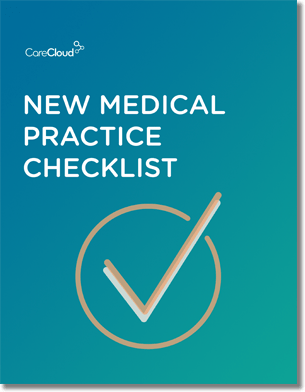Top-performing organizations utilize analytics five times more than under-performing companies, according to an MIT Sloan Management Review and IBM Institute for Business value survey of roughly 3000 executives and analysts in more than 30 industries and 100 countries.
It’s simple: analytical insights drive business decisions – both future strategies and day-to-day operations. The power of analytics is undeniable. But how should you use it?
Power Your Practice is here to help you make sense of the topic. Every Thursday for ten weeks, we’ll elaborate on how to implement an analytics strategy at your practice to improve efficiency, increase profitability and enhance the patient experience.
Review, Identify and Strategize
You have to know where you are before you know where you’re going. Document and review present processes to understand your starting point. An honest assessment is essential to realize which areas are in need of the most help, and which optimizations will have the greatest and most immediate return on investment (ROI).
The best way to do this is by starting with questions instead of data collection. Compiling reports and decades worth of historical data may seem like the natural starting point, but this will just cause delays in acting on the data. Start with the area that will give you the best ROI and ask: what data is important to analyze, where to get it, how to use it and why it’s important to improve your practice’s operations?
This will help to identify your key performance indicators (KPIs), which is a great starting point for determining your practice’s biggest problem areas, which could deliver the greatest rewards if optimized. Whether your KPIs are based on financial performance, staff efficiency or patient outcome, once they are isolated they will be easier to improve.
After your practice identifies its KPIs, then it’s time to create an action plan that utilizes the data you’ve collected to implement changes that will improve the health of your practice and your patients. Once you’ve done this initial review, you can embed analytics into your practice’s workflow processes for ongoing optimization and tracking.
If your practice still relies on manual reporting or paper-based processes, it will be difficult to incorporate analytics into daily decision-making. Your practice will get the greatest benefits from investing in software that can combine your daily operations, revenue cycle, reporting functionalities and clinical components into one comprehensive picture of your practice’s performance.
Next week, we’ll go over how you can choose a reporting and analytics system as part of a comprehensive practice management system.

Do you know what you need when setting up a new medical practice?

